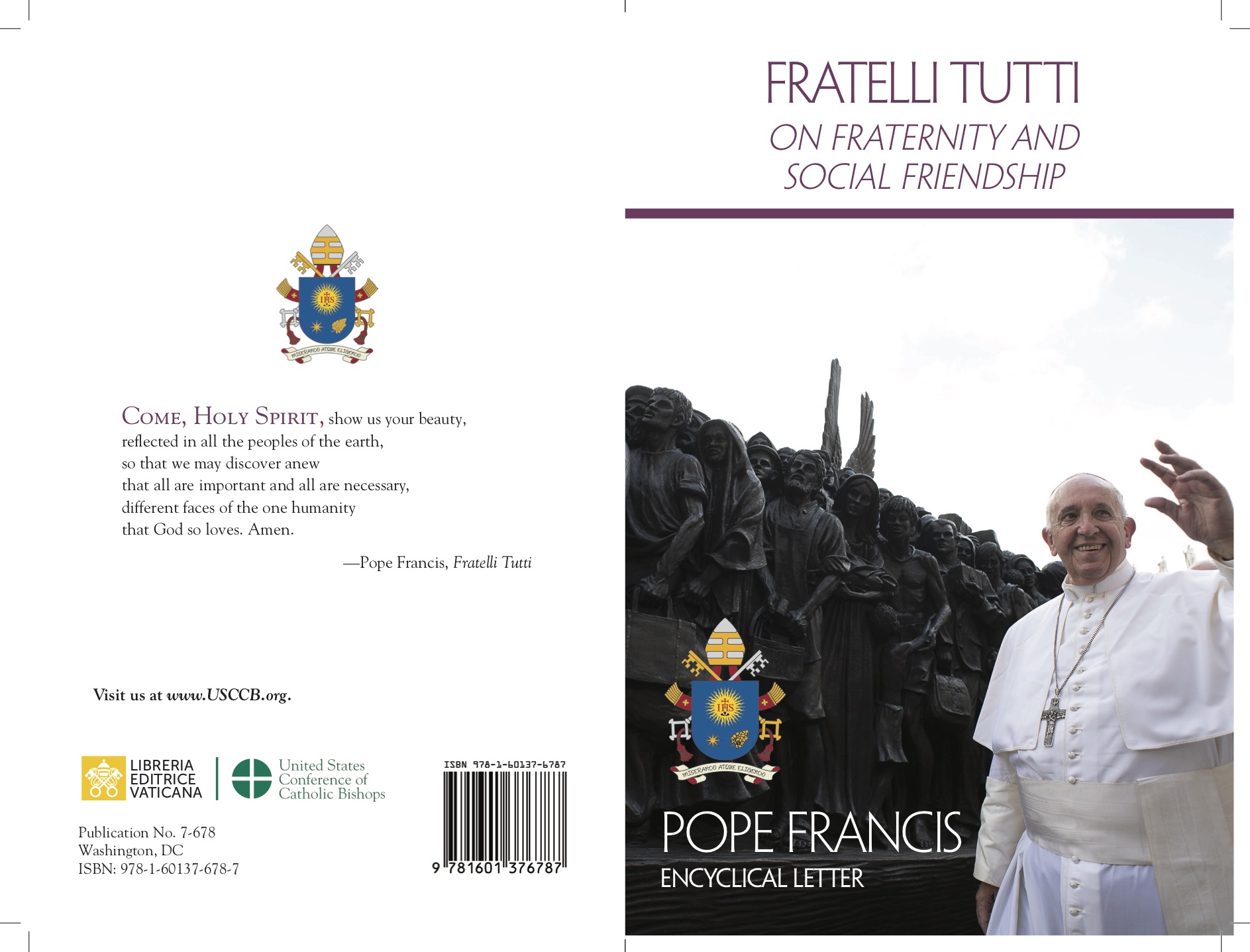
An invisible line runs straight down from the summit of Michelangelo’s dome, through the light and into the darkness below, through centuries of history and phases of construction. Peter’s remains were buried in the bare ground below, after the Apostle had been taken down from the cross on which he had perished in the nearby Circus of Nero. He was buried in a necropolis of the Ager Vaticanus, among many anonymous and poor people like himself. And yet, memory proved to be stronger. The place immediately became a pilgrimage destination.
Throughout the centuries, the grave became the site of an intense series of phases with ever more majestic buildings: a simple funerary aedicula (shrine), the so-called Trophy of Gaius, later enclosed by Constantine’s monument, then Gregory the Great’s altar (590-604), followed by the Niche of the Pallia with the ninth-century mosaic of Christ, the Altar of Callistus ii (1123) and lastly, the Altar of Clement viii in 1549, below Bernini’s great Baldachin.
From the joyful gold of the Baroque period, to the radiant one of the Middle Ages, from the stark austerity of the fourth century to a small and simple aedicula built above the extreme poverty of a grave dug in the dirt. The Basilica ad corpus grew around the burial site through the centuries. It is the only case in the Christian world in which a sacred building was built directly above a martyr’s burial site. But then, this case has to do with Peter, the first Bishop of the Church of Rome.
The layered history of Peter’s Tomb is complex. Memory persisted through time and became faith, until Pius xii decided to conduct archaeological excavations in 1939. It was a difficult undertaking, not only because of its nature, but also because of the onset of war. Peter’s tomb was found. On 23 December 1950, during the radio message for Christmas, at the end of the Holy Year, Pope Pius xii announced that the tomb had been found: But the fundamental question is the following: Was Saint Peter’s tomb really found? The final conclusion of the work and investigations reply with a resounding yes. The tomb of the Prince of the Apostles has been found.
We retrace the events of these discoveries, among the most sensational in the history of archaeology, with Professor Vincenzo Fiocchi Nicolai, who teaches Topography of Christian cemeteries at the Pontifical Institute of Christian Archaeology. “The existence of Peter’s Tomb was determined on the basis of several aspects”, says the professor, adding that “a medieval altar and a beautiful marble monument built by Constantine to encase an aedicula marking the tomb located below it, were found directly below the late 16th-century altar, aligned with the altar and the dome. A true and proper set of Chinese boxes. This tomb is located within a burial context and therefore with other tombs that date back to the period between the last decades of the first century a.d. and the beginning of the second century, which, on the basis of this aspect and others like the graffiti, confirms that it is the tomb of the Apostle”.
Written sources
The graffiti are extremely important because they clearly prove the site’s devotional activity, the movement of the first faithful of the Community of Rome who went to this funerary monument, the famous tropaion referred to by Eusebius of Caesarea. In Historiae ecclesiasticae ( ii 25:5-7) he tells of Gaius — probably a cleric and definitely a Roman citizen — who in order to defend the presence of the tombs of Peter and Paul against the statements of a Montanist heretic known as Proclus, said, “I can show the trophies of the Apostles. For if you will go to the Vatican or to the Ostian Way, you will find the trophies of those who laid the foundations of the Church”. They are clear topographic indications that incidentally reappear in the Liber Pontificalis, which, in addition to referring to monuments that were considered important in the imperial age, suggests that Peter was buried between Via Aurelia and Via Trionfale.
The Trophy of Gaius
The funerary monument Professor Nicolai refers to is the Trophy of Gaius, a light structure with small columns, surrounded by a tympanum, below which is the earthen pit with Peter’s mortal remains. “Trophies are triumphalist and victorious monumental elements that mark the tomb of an apostle martyr who defeated death through martyrdom”, Professor Nicolai explains. “We can thus date this aedicula on the basis of Eusebius’ information, which dates Gaius to the time of Pope Zefirino, between 198 and 217 ad . This aedicula already existed at the time and, based on archaeology, we can date it to around 160’s ad. This was definitely the aedicula that marked the tomb”, he concludes.
“Peter is here”
“The graffiti are located on the red plastered wall, the famous red wall. On an isolated fragment, there is the fragment of a graffito which bears the name Petros, and in the following line, in Greek an epsilon, a ni and then an iota. There have been many interpretations for this inscription, the most captivating of which was suggested by Professor Guarducci: “Petros eni”, that is, “Peter is here” or “Peter is inside here”, referring not to the tomb but to the secondary burial of the bones in a container placed in a niche at the time of Constantine. A third interpretation is that it was an invocation to Peter, if we interpret the two letters as part of the word Eirene, peace in Greek. “Peter at peace”. One can deduce that the name of Peter in that position cannot but be attributed to that of the Apostle”, Professor Nicolai concludes.
Hundreds of graffiti, a witness of faith
“On ‘wall G’, that is the wall that closed one side of the aedicula at a later stage, there are hundreds of graffiti that are extremely difficult to decipher, but they definitely include names, invocations, Christological signs which in any case indicate that the tomb was used for devotional purposes, and became the fulcrum of all other placements, even of the current papal altar and the baldachin”, Professor Nicolai observes.
Are they really Peter’s bones?
Thus began one of the most compelling events in the history of archaeology, and the protagonist was a woman born in the early 1900s, an archaeologist and epigraphist from Florence, Margherita Guarducci, who also deciphered the graffiti, especially the one that refers to Peter.
Between 1939 and 1958, the excavations promoted by Pope Pius xii, discovered Peter’s tomb, but there were no bones below the Trophy of Gaius. “A small container was found in a burial recess dug into the graffiti wall at a time that is not clearly known but that preceded the period of Constantine, that enclosed the aedicula in the grand marble container decorated with red porphyry that can still be seen in the Clementine Chapel. A container that must have had an important meaning both for its preciousness and for its position. In their official report, the four explorers wrote that the container had been found essentially empty”, Fiocchi Nicolai says.
An archaeological mystery
About 10 years later, leading the investigation like a detective, Margherita Guarducci recovered the bones through the testimony of one of the people who had worked in the early years of the excavation. The worker said the bones, which had been picked up during the regular cleaning, unbeknownst to the four archaeologists tasked with following the excavations, were in a wooden container stored in the warehouse. “A staff member had removed these bones from the container and put them in a wooden container which ended up in the warehouse”, says the Professor, and he adds: “These bones were attributed a posteriori to the container inserted into Wall G, also because there was a note indicating where they came from. They are bone fragments that do not make up a whole body. An anthropological investigation was conducted which, although general, attributes them to an older man who possibly lived at the same time as Peter. The investigations do not reveal precise results, but one can say that they are compatible with those of the Apostle”, he concludes. He sums up the story this way: “It could have happened that at the time when Constantine’s capsule was being built, they took what remained of Peter’s bones from the tomb and placed them in the container in Wall G to safeguard them for eternity”.
A “happy announcement”
At the General Audience of 26 June 1968, Saint Paul vi recalled the investigations, though he admitted, “This will not exhaust the research, verifications, discussions and polemics”, and he made a “happy announcement”: “We have to be all the more solicitous, all the more exultant, seeing that now we have every reason to believe that there have been discovered the mortal remains, few it is true, but sacrosanct, of the Prince of the Apostles, of Simon Barjona, of the fisherman called by Christ, of him who was chose by Our Lord to be the foundation of his Church, and to whom Our Lord confided the supreme keys of his kingdom together with the mission of feeding and uniting his flock, redeemed humanity, until His own final glorious return”.
The relics donated as a symbol of the Church’s unity
The word putantur, “believed to be Peter’s” is prudently inscribed on a bronze reliquary containing the nine bone fragments, kept by the Popes, that were donated to the Patriarch of Constantinople in 2019 on the occasion of the Feast of Saints Peter and Paul, continues Professor Nicolai. The entire inscription reads: “Ex ossibus quae in Arcibasilicae Vaticanae hypogeo inventa Beati Petri Apostoli esse putantur”, “Bones found in the earth beneath the Vatican Basilica considered to be those of Blessed Peter the Apostle”.
An indestructible thread
Archaeology is a science that aspires to be based on evidence, while history is often pieced together through deduction. In the case of Peter’s tomb and his remains, the elements that converge around the space of the Confession depict a picture of truth, because, in addition to material traces, it is faith that is decisive. Faith, accumulated through the centuries by the thousands of pilgrims, popes and saints that together have woven the thread of memory, making it indestructible.
Maria Milvia Morciano




 Purchase the Encyclical here Fratelli Tutti
Purchase the Encyclical here Fratelli Tutti